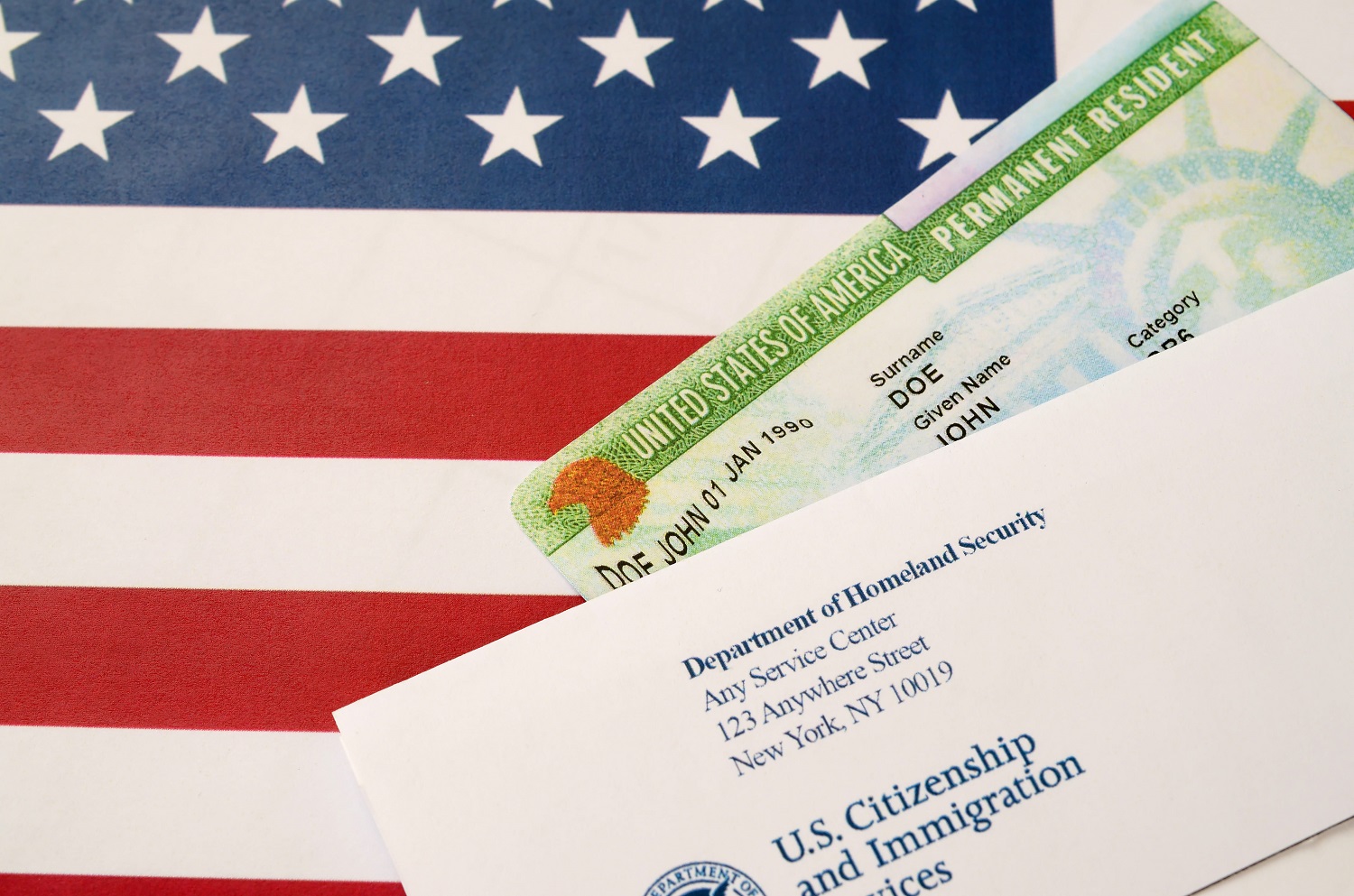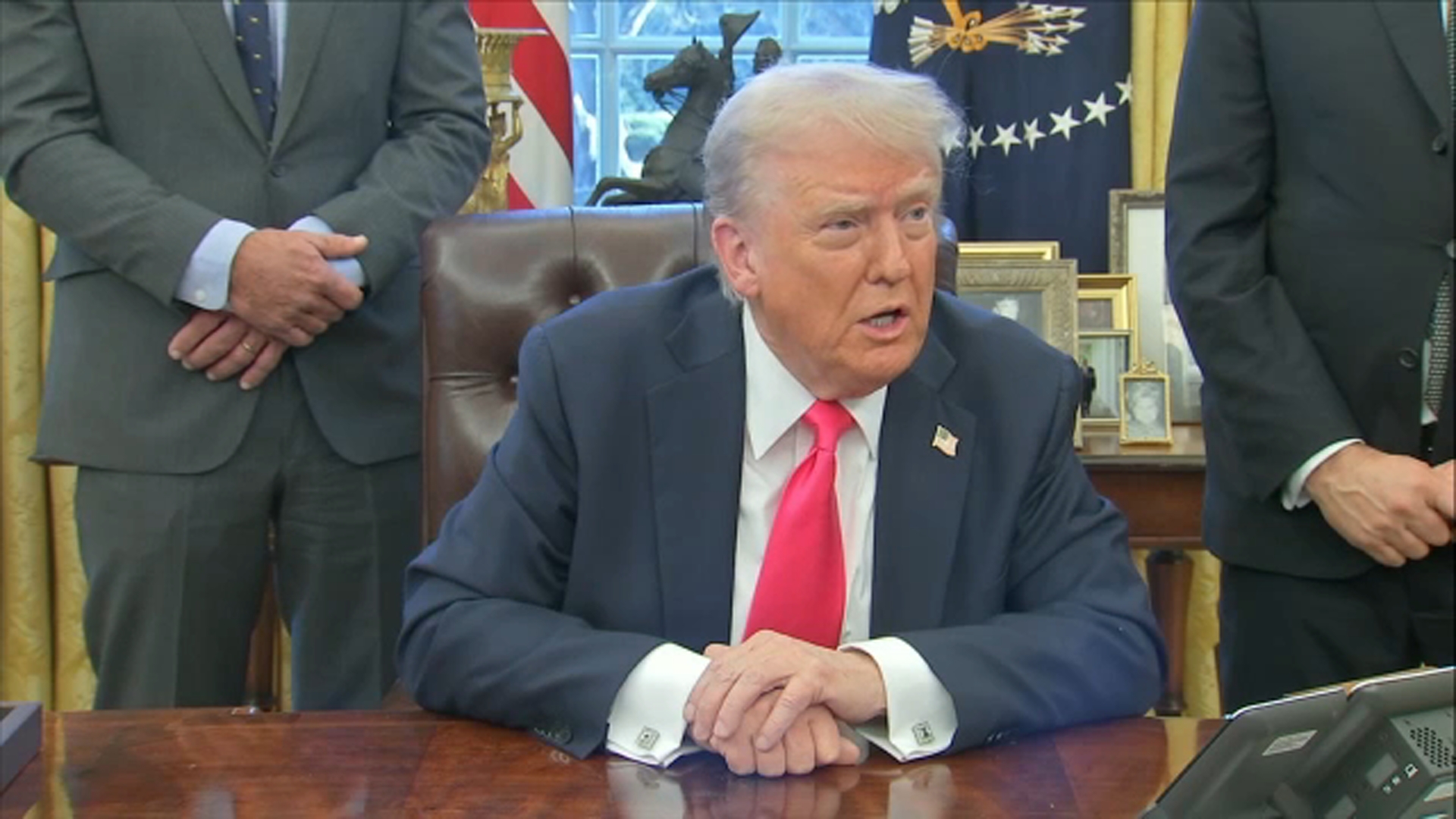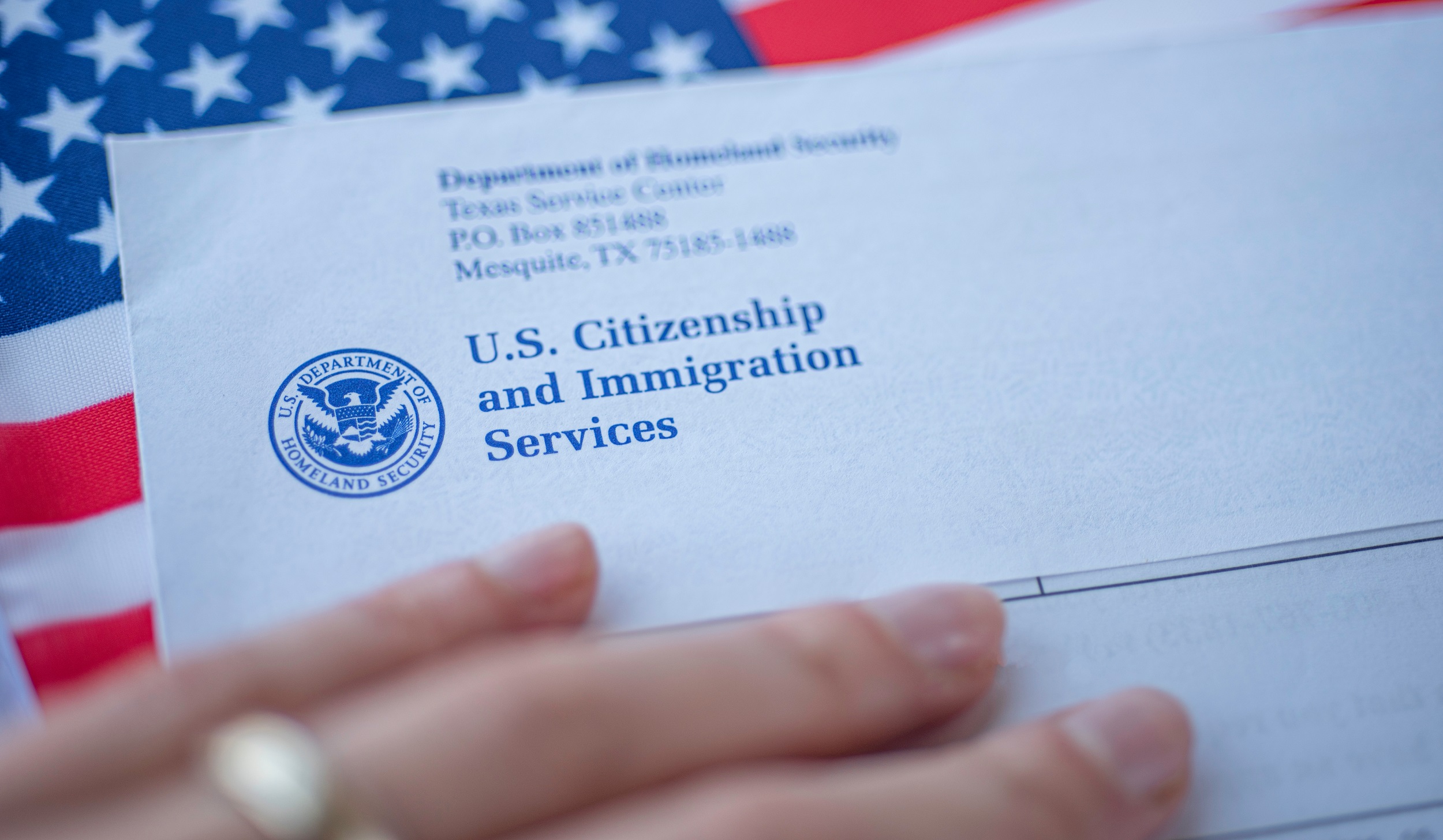L1 Visa to Green Card: From Temporary to Permanent

Transitioning from an L1 visa to a green card opens doors to long-term opportunities in the United States. While the L1 visa doesn’t offer a direct path to a green card, it is considered a “dual intent” visa. This means you can actively pursue permanent residency in the U.S. while under L1 status!
Let’s take a look at the various options you have to move from an L1 visa to a green card. This includes transitioning to a different visa classification, or pursuing sponsorship through family or marriage.
What is the L1 visa?

The L1 visa is a temporary work visa for moving skilled professionals from foreign companies to a U.S. company.
There are two different types of of L1 visas:
- L1-A visa: For Managers and Executives
- L1-B visa: For individuals with “specialized knowledge” about the company’s products, policies, or procedures
If a company is just opening offices in the U.S, there’s also a specific L1 visa subcategory for that situation.
L1 Visa Duration
The L1 visa only allows people to temporarily work and live in the U.S. The length of time you can stay working and living under an L1 visa depends on the category.
For the L1-A visa category, you can stay for up to 3 years initially. You can file an L1A visa extension to extend your stay with a maximum limit of 7 years.
For the L1-B visa category, you can stay for up to 3 years initially. You can file an L1B visa extension to extend your stay with a maximum limit of 5 years.
For the new office category, you can stay in the U.S. for up to 1 year initially.
If your end goal is permanent residency in the U.S., you will need to apply for a green card!
Why transition from an L1 visa to green card?

Having a green card comes with many advantages, including:
- Permanent residency: Allows you to work and live in the U.S. indefinitely.
- Freedom to change jobs: Offers flexibility to change employers (or be self-employed). This is different compared to the L1 visa where you must work for the same employer.
- Family benefits: Lets you sponsor your family, giving them the ability to work and live in the U.S.
- Path to U.S. citizenship: If you meet certain residency requirements, you could obtain U.S. citizenship.
Since the L1 visa is “dual intent,” you can work towards a green card while living in the U.S., under the L1 visa status!
What is a dual intent visa?
For many non-immigrant visas, like the L1 visa, you need to show a temporary purpose for coming to the U.S. In other words, you need to show an intention to return to your home country.
However, for visa categories that are “dual intent”, you can express a desire for future permanent residency in the U.S. while living there on a temporary basis.
This flexibility opens the door to starting the process from an L1 visa to a green card, without putting your non-immigrant status at risk.
How to go from an L1 visa to green card
It’s important to understand that the L1 visa doesn’t directly lead to permanent residency in the U.S. (a green card). If your goal is permanent residency, you will need to transition from a non-immigrant classification to an immigrant classification.
Transitioning from an L1 visa to a green card involves several potential paths. The choice depends on your unique circumstances and goals.
Let’s take a look at some of the paths you could take:
Path 1: L1 visa to EB1-C visa

One of the most ideal ways to go from an L1 visa to green card is by applying for the EB1 visa – more specifically, the EB1-C visa category. The EB-1C category is designed for multinational managers or executives transferring to a U.S. office of the same employer.
If you’re already in a managerial or executive role under an L1 visa, you may already meet the majority of the EB1-C visa requirements.
The EB-1 category is notorious for having a shorter processing time compared to other employment-based green card categories. Why?
Different from many of the employment-based green cards, the EB-1C category doesn’t require your employer to undergo the time-consuming PERM labor certification process.
And, since you’re already an employee of the company through your L1 visa status, your employer doesn’t need to prove there are no qualified U.S. workers to perform your job.
In order to meet the EB-1C visa requirements, you role needs to align with the USCIS definition of an “executive” role:
- Oversees the management of the organization (or a major component or function of the organization);
- Sets the goals and policies of the organization or function;
- Plays a key role in decision making that affects the organization; and
- Receives broad supervision or direction from higher level executives, the board of directors, or stockholders
Now, the process for the EB-1C visa includes the following:
- Gathering evidence showing you meet the EB1 visa requirements
- Having your employer file an immigrant petition (Form I-140) and supporting documents
- Filing for adjustment of status or consular processing
Path 2: L1 visa to EB2 or EB3 Visa

If you have specialized skills or an advanced degree, you could transition from an L1 visa to green card by applying for either an EB2 visa or EB3 visa.
Qualifying for the EB2 visa means having a job that requires an advanced degree. This could be a Masters degree or higher, or the foreign equivalent, or having exceptional ability in your field.
As for the EB3 visa, you’ll need to fall into one of three categories: skilled workers, professionals, and unskilled (other) workers.
- Skilled workers require at least two years of job experience or training.
- Professionals require a bachelor’s degree or the foreign equivalent.
- Unskilled (other) workers is people who perform unskilled labor that requires less than two years training or relevant work experience.
Both the EB2 and EB3 visa categories require employer sponsorship, which means your employer needs to undergo the PERM labor certification process to show there are no qualified U.S. workers who can do your job.
The process for both the EB2 and EB3 visa is similar. First, you’ll need to gather evidence showing you meet the EB2 visa requirements or EB3 visa requirements. Then, your employer will undergo the PERM certification process, before filing an immigrant petition (Form I-140). After the form is approved by USCIS, you will have a priority date, which essentially indicates your place in line for a green card.
Finally, after checking the visa bulletin to see whether a green card is available, you can file for adjustment of status or consular processing.
Path 3: L1 visa to EB5

An alternative path to transition from an L1 visa to green card is through making a significant investment in a U.S. company. In order to meet the requirements for the EB5 Immigrant Investor Program, you will need to make a minimum investment of $500,000 in a U.S. company. The investment must either create or preserve at least 10 full-time jobs for U.S. employees.
Since the EB5 category is not an employment-based green card, you don’t need to worry about the lengthy PERM labor certification process or asking an employer to sponsor you.
Path 4: Family sponsorship

Transitioning from an L1 visa to green card is also possible through marriage or family ties with a U.S. citizen or permanent resident. If you genuinely marry a U.S. citizen or permanent resident, you become eligible for a green card based on your marital status.
You could also get a green card through family sponsorship. This involves the family member in the U.S. filing a petition on your behalf so you can go from an L1 visa to green card.
L1 Visa to Green Card Processing Time
The processing time for transitioning from an L1 visa to a green card varies depending on which path you take.
Let’s take a look at the general timeline for each step of the process:
| I-140 Petition Processing Time | Average processing time for an I-140 petition is five to six months. |
| Priority Date (Visa Backlog) | Timing for Priority Date eligibility varies widely and is based on the Visa Bulletin published by the U.S. Department of State. |
| Adjustment of Status (AOS) or Consular Processing | AOS from within the U.S. takes on average 1-2 years to process, while Consular Processing from outside the U.S. takes on average 6-12 months. |
Keep in mind that processing times can change, and multiple factors can influence the overall timeline. For the most up-to-date information about processing times, check the USCIS and U.S. Department of State websites.
How Manifest Law can help
If you’re looking to transition from an L1 visa to green card, there are many paths you could take. An experienced immigration lawyer can help you determine which option is best for you, as the requirements and eligibility for each vary. They can also help you collect all of the right documents and ensure your application is accurate, making the E1 visa to green card process smoother and easier.
At Manifest Law, our immigration lawyers have extensive experience with all visa types and green card cases, and thoroughly understand the process of going from an E1 visa to green card. We provide flexible payment plans of up to 6 months, a visa-approved or money-back guarantee (terms apply).
Ready to embark on the path to your green card? Let’s make it happen!



















